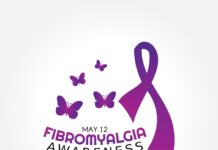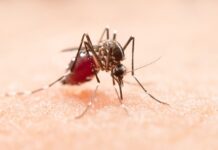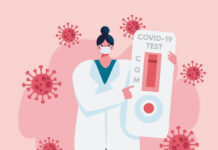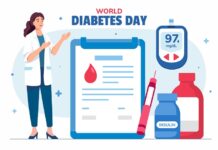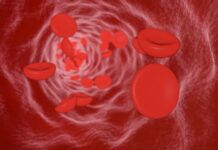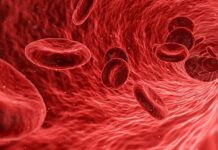Saccharin, a popular artificial sweetener used in diet yogurts and sugar-free beverages, has shown remarkable potential in killing multidrug-resistant bacteria—including some of the world’s most dangerous pathogens.
The Rising Threat of Antibiotic Resistance
“Antibiotic resistance is one of the major threats to modern medicine,” said Professor Ronan McCarthy, lead researcher at Brunel University London’s Antimicrobial Innovations Center. Critical procedures such as tooth extractions and cancer treatments often rely on antibiotics to prevent infection. Yet, doctors increasingly face situations where traditional antibiotics no longer work.
In 2019 alone, antimicrobial resistance (AMR) directly caused 1.27 million deaths globally and contributed to nearly 5 million more.
Targeting the Toughest Pathogens
Drug-resistant bacteria like Acinetobacter baumannii, which causes severe infections in immunocompromised individuals, and Pseudomonas aeruginosa, associated with chronic lung infections and sepsis, are classified by the World Health Organization as top-priority threats.
Against this backdrop, Professor McCarthy’s team discovered that saccharin acts as a novel antimicrobial agent. “Saccharin damages the bacterial cell wall, distorting and rupturing it, ultimately killing the pathogen,” he explained. “This damage also allows antibiotics to penetrate the cells more easily, bypassing their resistance mechanisms.”
Saccharin’s Hidden Antibacterial Power
Although saccharin has been consumed safely for over a century, scientists had not fully explored its impact on bacterial function—until now. The team’s findings, published in EMBO Molecular Medicine, reveal that saccharin:
- Inhibits bacterial growth
- Disrupts DNA replication
- Prevents bacteria from forming biofilms—the sticky layers that protect them from antibiotics
These properties make saccharin an effective agent not only on its own but also in combination with existing antibiotics.
Game-Changing Applications in Wound Care
As reported by phys.org, taking their discovery a step further, researchers developed a saccharin-loaded hydrogel wound dressing. In clinical simulations, it outperformed conventional silver-based antimicrobial dressings widely used in hospitals.
“This is very exciting,” said Prof. McCarthy. “Developing a new antibiotic typically requires billions of dollars and decades of research. But saccharin is already widely used, and now we know it can also enhance the effectiveness of existing antibiotics.”
A New Hope in the Post-Antibiotic Era
The World Health Organization has repeatedly warned about a looming “post-antibiotic era,” where everyday infections could once again become life-threatening. Excessive use of antibiotics in medicine and agriculture has fast-tracked resistance, while the development of new antibiotics has lagged behind.
“We are facing a critical moment,” Prof. McCarthy emphasized. “We urgently need new strategies to tackle resistant infections. Saccharin may offer a promising therapeutic approach that is both effective and accessible.”


